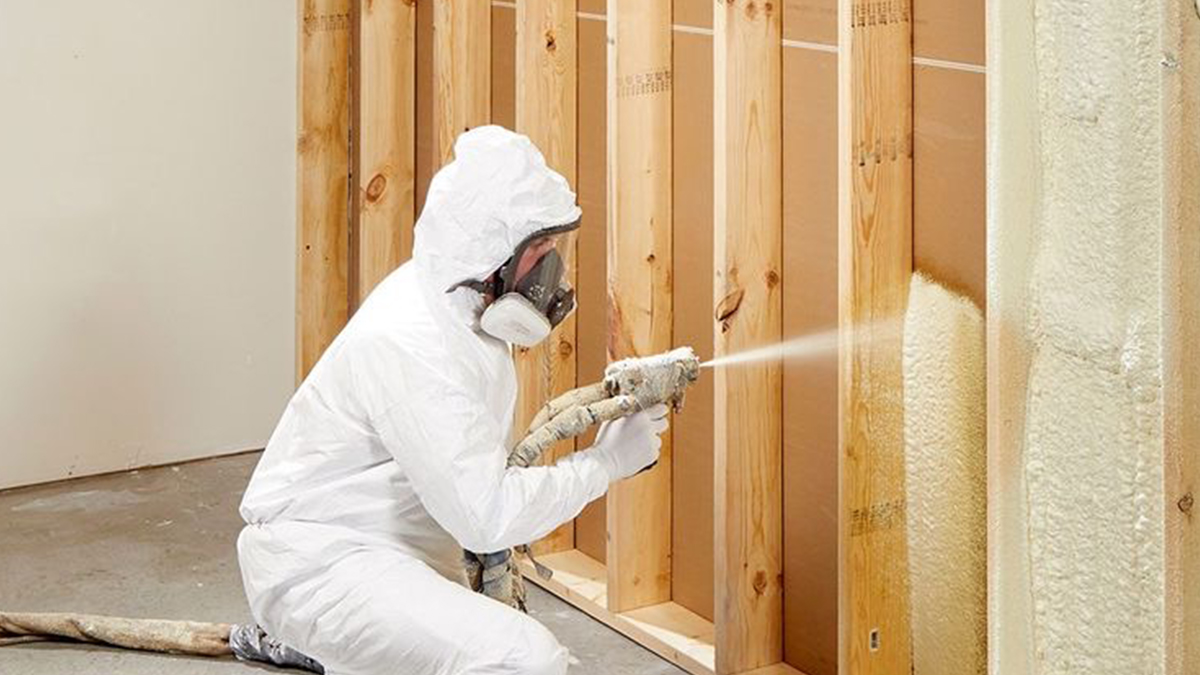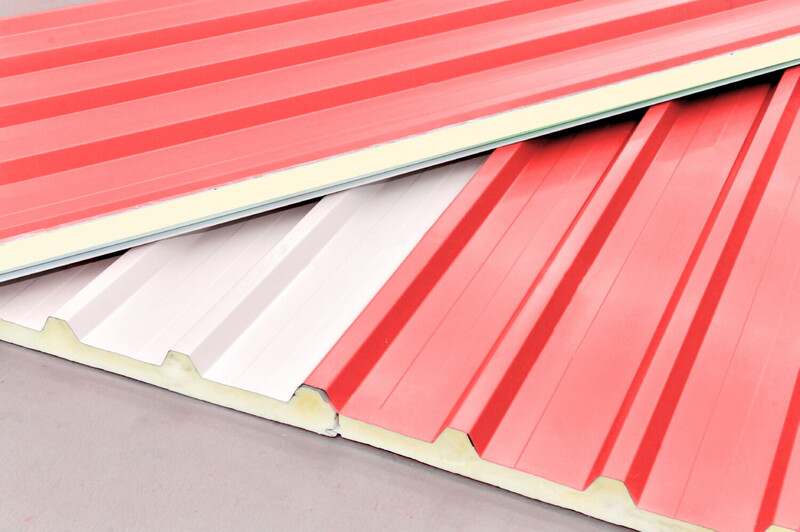The fire resistance classification of spray polyurethane foams can vary depending on the product's formulation and chemical components. Typically, the fire resistance classes for polyurethane foams are assessed based on widely recognized standards such as ASTM (American Society for Testing and Materials) and UL (Underwriters Laboratories), which are used in the United States and many other countries.
These fire resistance classes include:
Class A or I: This class represents the highest level of fire resistance, indicating that the material does not ignite or support combustion.
Class B or II: This class signifies a moderate level of fire resistance. While the material may ignite, it possesses self-extinguishing properties.
Class C or III: This class indicates a lower level of fire resistance. The material may ignite and might lack self-extinguishing characteristics.
The specific fire resistance class to adhere to depends on the intended application and the prevailing building codes and safety regulations governing the product's use. It is essential to consult local regulations and the technical documentation of the product to determine the appropriate fire resistance class.
In Europe, polyurethane foam systems' fire resistance standards are typically governed by the EN 13501-1 standard. This standard involves a series of tests that categorize materials based on their combustion behavior, ranging from A1 (non-combustible) to F (highly flammable).
For polyurethane foam insulation materials, the following classes are noteworthy:
- A1: Non-combustible
- B-s1, d0: Limited fire spread, limited smoke production, and no flaming droplets
- C-s2, d0: Moderate fire spread, limited smoke production, and no flaming droplets
- D-s2, d2: High fire spread, limited smoke production, and no flaming droplets
- E: Fire spread class (limited or high), limited smoke production, and no flaming droplets
- F: Fire spread class (limited or high), limited smoke production, and no flaming droplets
In spray applications of polyurethane systems, ensuring compliance with these standards and implementing necessary fire safety measures is critical. Therefore, it's important to consider local fire safety regulations and standards, including updates when applicable.



